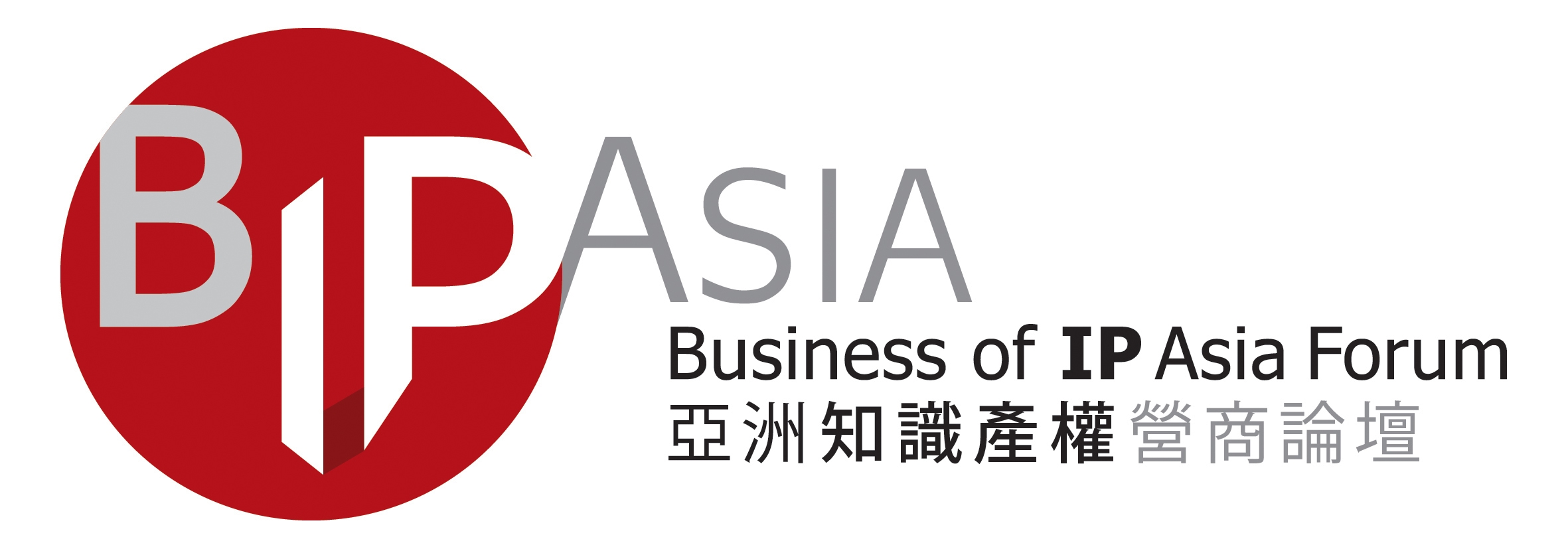Method for Creating Porous Metal Structures by Particle Expansion
This invention will simplify solid-state production of metal foams and allow it to be applied to a greater variety of metals. It can be used in standard powder metallurgy or applied to current solid-state foaming methods to increase the achievable porosity. There is no fundamental limit on scale, so the technology may be useful in a verity of applications ranging from small dental implants to the production of impact absorbing components in vehicles. This method offers the unique ability to tailor the type and amount of porosity on both the micron and bulk scales. Graded porosity can be achieved through varying the processing conditions as well as mixing powder feedstock which is able to be foamed with traditional, non-foaming feedstock.
This technology can be applied to any application common to metal foams, including medical, aerospace, transportation, catalysis, filtration, etc. It offers new benefits in these applications by possessing smaller porosity and grain size and by introducing new materials and reducing the cost of other materials in the metallic foam market, such as ferrous alloys, copper-based alloys, nickel-based alloys, etc.
Many metals are not feasible to be foamed in the liquid state, and solid state methods must be used. Solid state methods for foaming are much less efficient, resulting in lower porosity and with increased complexity. By utilizing the entrainment of oxide particles in a metal matrix, the particles can then be expanded at a later time using a suitable reducing agent (e.g., hydrogen) and elevated temperature (50% of melting temperature or less). A unique aspect of the process is that heat alone will not cause expansion as in many other methods. Furthermore, this method does not conflict with current practice in solid state foaming, making it possible to substitute this material for ΓÇ£plainΓÇØ metallic powder in order to achieve additional porosity (up to 40% more). Hence, the process is referred to as Additive Expansion by the Reduction of Oxides. The mechanical alloying process which can be utilized to create such materials is also capable of generating nonequilibrium metals and alloys, and therefore unique compositions for metal foams are possible. This new technology can easily create metal foams with porosity greater than 65%, using basic powder metallurgy concepts and no specialized equipment. The process is unique in that expansion occurs within the particles, not between them. Very small pores, less than a few microns in diameter, of controlled-size can be fabricated, and overall porosity can be controlled. It is anticipated that this technology may be applied to a variety of metals and alloys, possibly including titanium. Though not necessary, cryogenic processing can create extensive nano- to micron-sized porosity in relatively short times (a few hours for alloying and expansion). The creation of small bulk parts has been demonstrated, with no fundamental limits on scale. The material can be used for advanced filters, catalyst supports, energy-absorbing components, thermal and sound insulation, and heat transfer components.
USA


